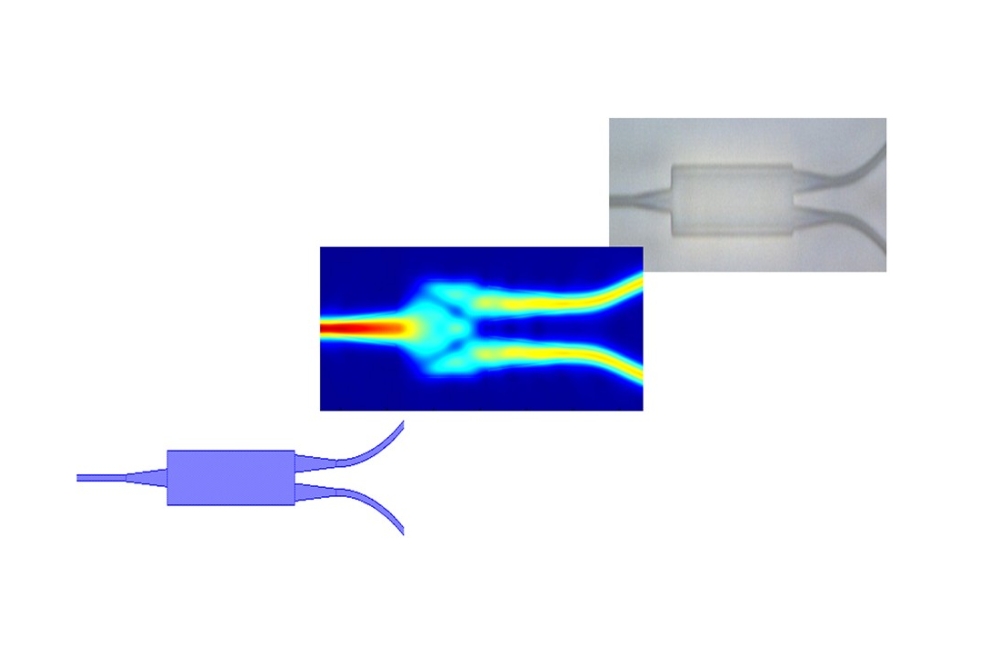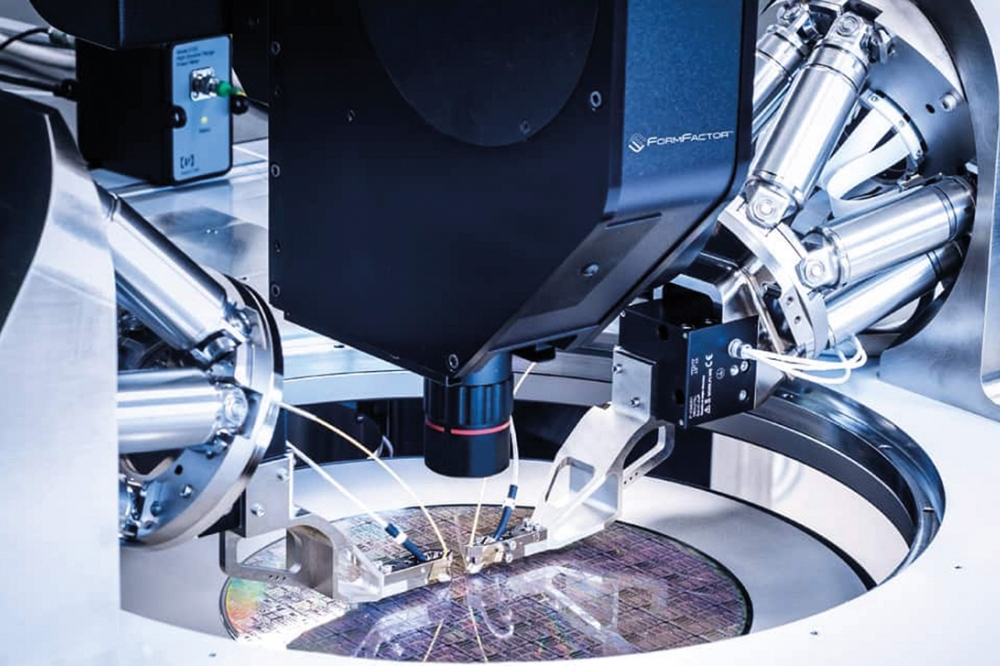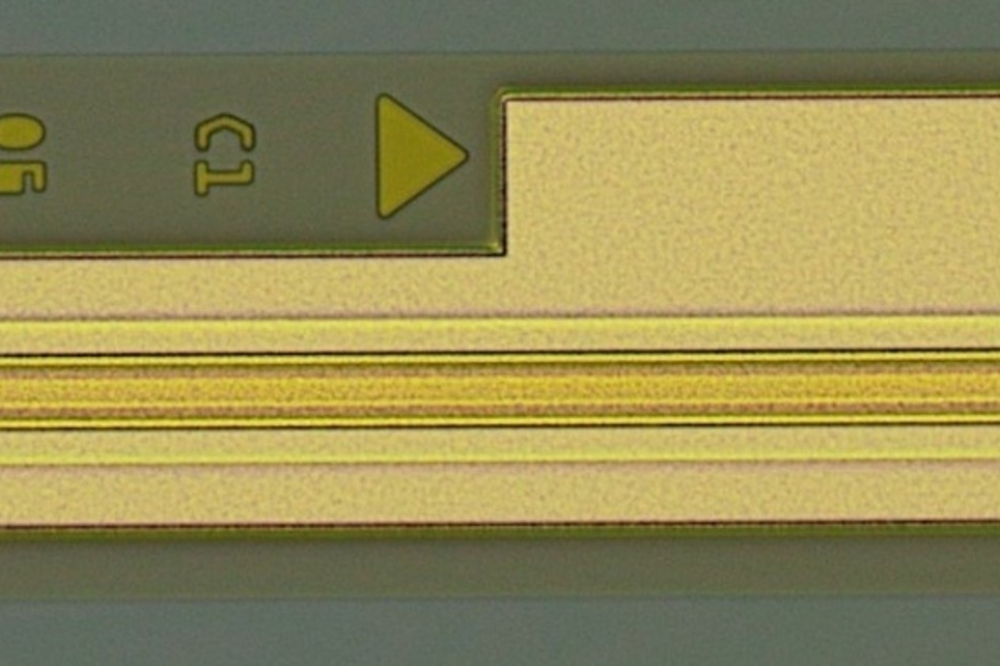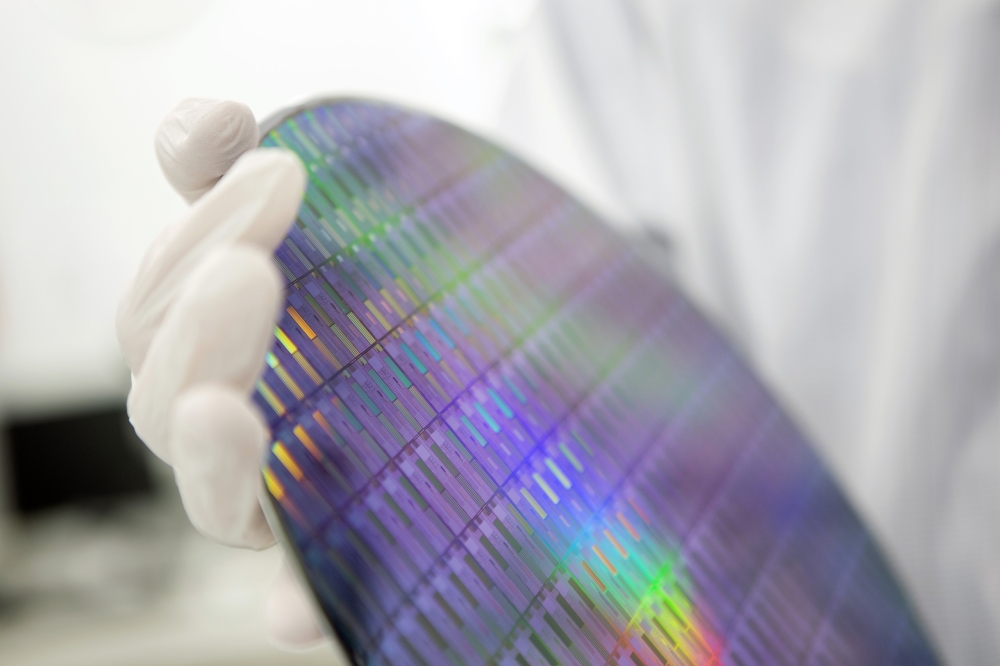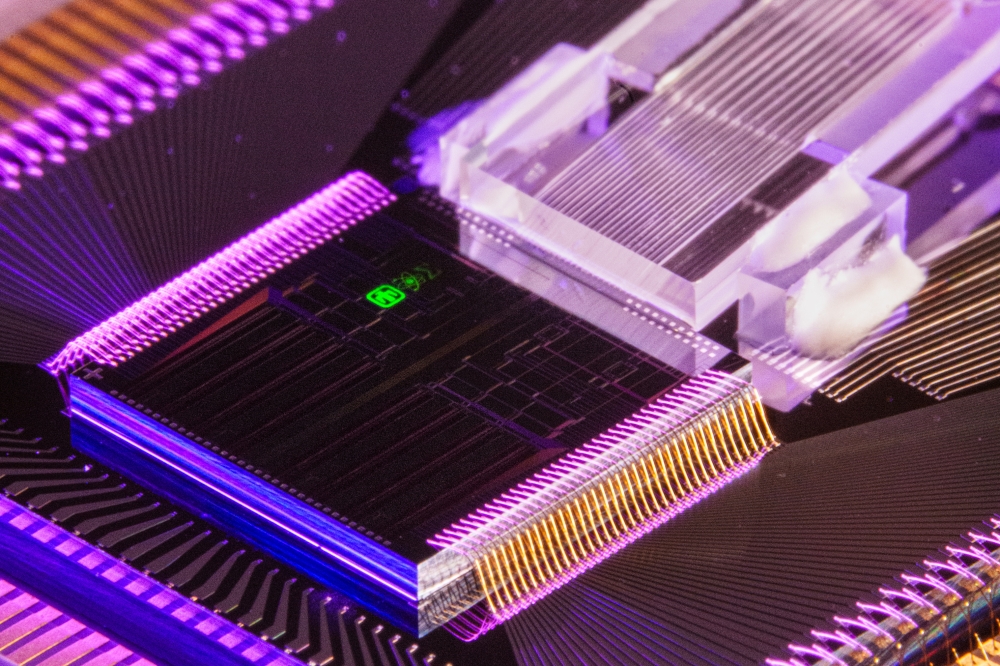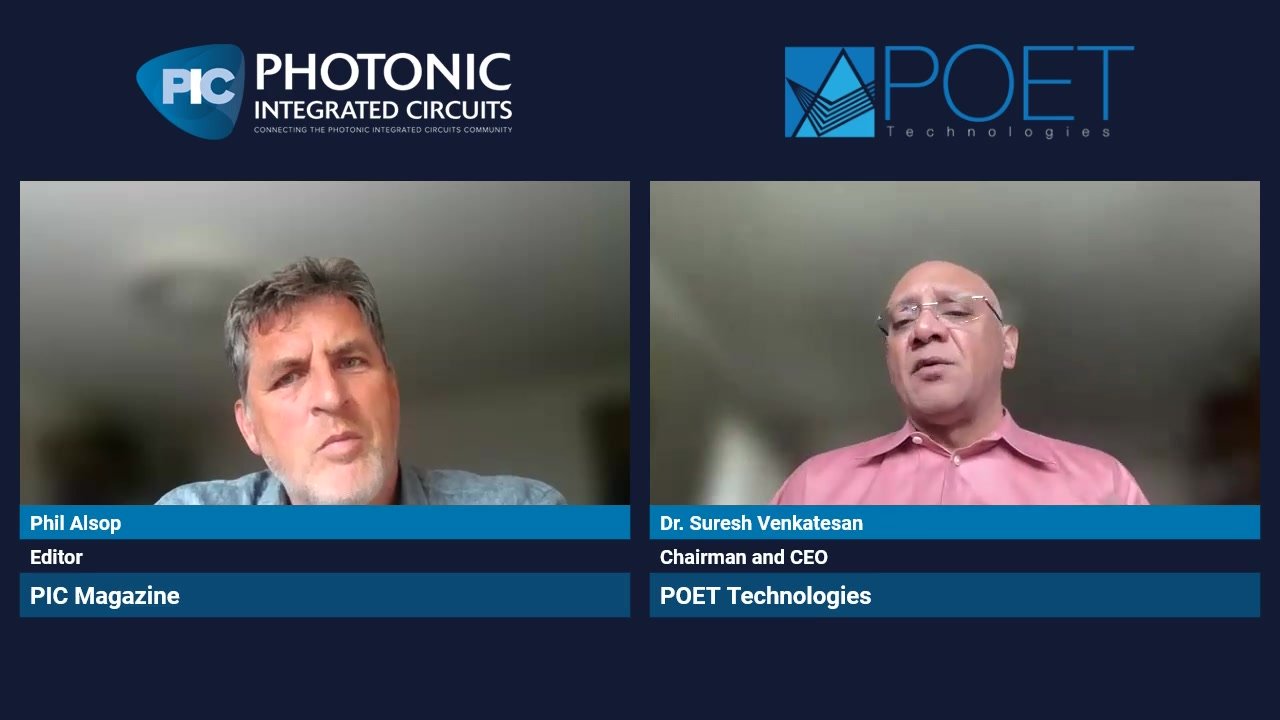Infinera Introduces Two New PICs for new optical transport applications
In a world where Cloud services are growing quickly and high capacity connectivity is paramount, service providers must scale, simplify and increase the flexibility of their networks. Network Function Virtualization (NFV) provides a means to address these needs for the upper layers of the network through the migration of network functions from dedicated appliances to software services on x86 hardware within Cloud data centres. This Cloud services layer supports NFV plus other Cloud delivered services (Layer C). In order to support Layer C, Cloud data centres and end users need to be interconnected by a highly scalable and flexible transport network (Layer T).
Scalable photonics is the foundation of Layer T and must provide more capacity per line card and system while simplifying the network "“ fewer boxes, fibres and modules, and less space, power and fewer manual processes. PICs are integral to the evolution of the transport network providing significant benefits when integrated into a packet-optical DWDM transport system for an efficient Layer T, ultimately allowing Layer C to thrive.
Infinera Sliceable Photonics Technology for Metro
The new Infinera sliceable photonics technology provides a large pool of capacity in a PIC that can be divided at a granular optical level with each slice capable of being routed in a different direction as it exits the line card or the system housing it, usually at the hub. The recipient of the individual slice is a line card or system that matches the capacity, usually at the spoke. The new ePIC-500 provides sliceable 500G capacity at the hub location, while the new oPIC-100 provides 100G capacity at the spoke location. While these two new PICs are applicable across all network locations they were developed specifically to support Layer T in the metro.
Infinera modelled a wide range of applications from metro aggregation to regional long-haul where hub-and-spoke, mesh or ring topologies are common. When using the new PICs, these models showed an estimated average reduction of 28 percent in modules, 31 percent in power and 45 percent in bandwidth inefficiencies as compared to conventional, commercial off the shelf technologies that deliver single-wavelength or super-channel solutions for 100G, 200G or 400G.
"We find the Infinera sliceable photonics technology to be very relevant for network architectures and have already tested this in our lab," said Juan Pedro Fernández-Palacios, Senior Manager at Telefonica. "As Cloud services take off, it is imperative that transport networks be scalable yet granular and simple to operate. Enhancing the super-channel technology with slice-ability is the right approach to satisfy these needs simultaneously."
"Infinera continues to leverage its expertise in photonics to provide operators tools to build optimized Transport Layer infrastructure," said Rick Talbot, principal analyst at Current Analysis. "We view sliceable photonics provided by the ePIC-500 and oPIC-100 as a significant step in providing flexible wavelength granularity for super-channels, allowing operators to lower the costs and complexities of transport while handling enormous traffic growth."














